by Matthew Spencer
In 2017 I was fortunate enough to intern on a project that focused on protecting six critically endangered sturgeon species that have their last refuge in the Rioni River in Georgia, which unlike the Danube and Garonne rivers, had no sturgeon conservation programme.
Following drastic habitat loss, recent surveys show that the Rioni supports the world’s only population of Colchic sturgeon (Acipenser [persicus] colchicus), and some of the last populations of five other species. All species are Endangered or Critically Endangered, and populations are rapidly decreasing (>50% per generation) due to fishing, illegal trade and reduced spawning habitat with just 16% of the historic spawning area remaining!
The internship opportunity, and hosting in Georgia, was kindly supported by Fauna and Flora International (FFI) a leading environmental organisation that focuses on protecting biodiversity across the globe whilst supporting local, sustainable livelihoods. Through working with the government, WWF Caucasus and a range of local stakeholders including local fishers, the project aimed to reduce the poaching and illegal trade in sturgeon products on local markets and to address the further loss of spawning habitat.
This project was one of personal interest, as someone who grew up the coast and had a small fish tank as a child, I have always wanted to work in conservation with fish; in particular working out effective ways, at a local level to help protect species and their habitats. With relatively limited exposure to the UK, Georgia is a country that is as mysterious as it is stunning, with the opportunity to work abroad and learn a new culture making it such an attractive opportunity.
Prior to heading out to Georgia, I spent several weeks spent in FFI’s Cambridge office working out river access points. As maps and information on the Rioni River were sparse, it was important to work out a lot of the detail prior to departure so as to best utilise my time in the field. The nature of Georgia’s turbulent recent past meant that information was either hard to come by or extremely disjointed. One of the key aims of this internship was to fill in some of the knowledge gaps and help develop the foundations to further monitoring activities.
Upon touching down we headed west to the mouth of the Rioni River, at a city called Poti on the eastern shore of the Black Sea and next to the Kolkheti National Park. Over the next few weeks we visited sites along the river and interviewed local fishermen where possible. In keeping with findings from across the world’s river basins, local fishermen had noticed a dramatic decline in the abundance and size of large fish species. What was also notable was that the older the fishermen that was interviewed the greater the loss appeared, particularly the plight of local sturgeon populations. Few of the fishermen below 50 had even seen a sturgeon being caught from the river and sadly many of the fishermen stated that poaching was still a serious problem.
The time spent in Georgia helped to develop a working knowledge and local network base for the area which has contributed to the conservation of sturgeon, in particular in combatting poaching and illegal trade. Most importantly, the work that I was fortunate enough to be a part of led to the first baseline study for sturgeon being conducted. Until recently, very little was known about the status of this particular sturgeon population compared to those in the Danube and Garonne rivers, with there was uncertainty about whether these fish were even still reproducing in the Rioni at all.
I can excitedly tell you that the results from all the hard work FFI is doing is showing that juvenile sturgeon have been found, indicating that sturgeon are still spawning in the Rioni. This is fantastic news and highlights the resilience of ecosystems under extreme pressure but also serves as a warning. Sturgeon, one of the largest fish species on the planet, an animal that has existed for millions of years is surviving…. but barely.
I would urge anyone who reads this to support Shoal, FFI, and WWF with their freshwater conservation projects. Iconic and lesser known species are in decline across the globe and every effort must be made to ensure that these majestic fish can continue to spawn and in turn inspire the next generation.
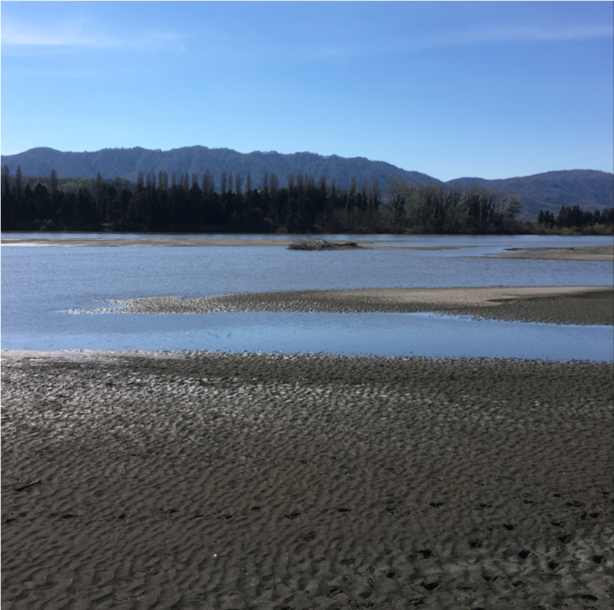
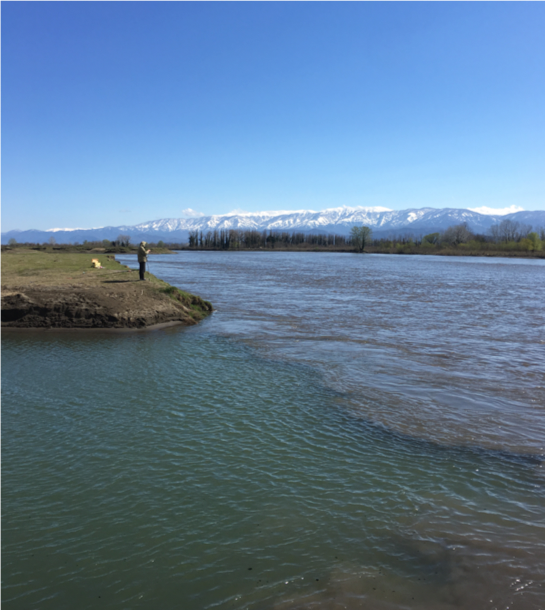
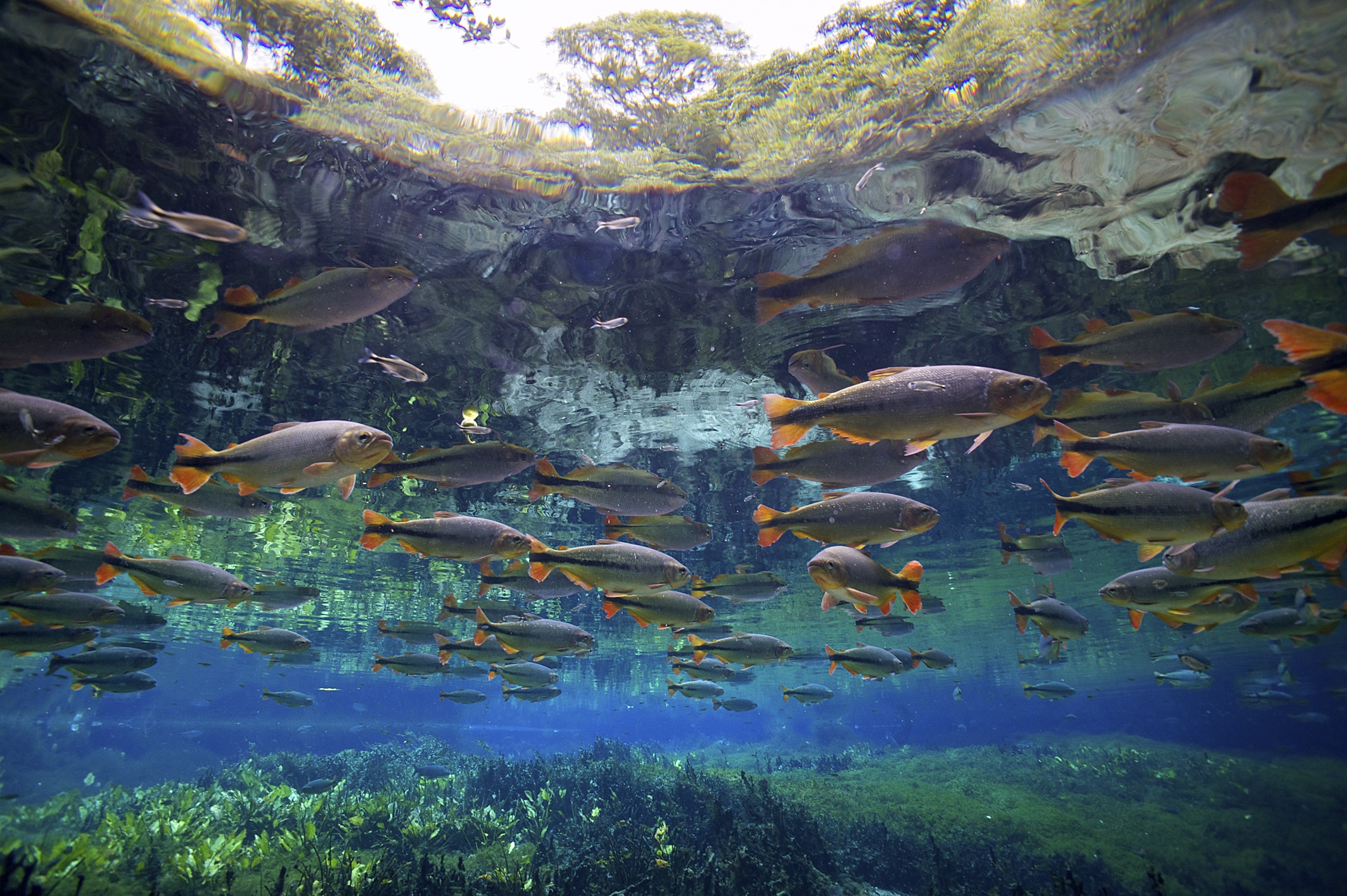
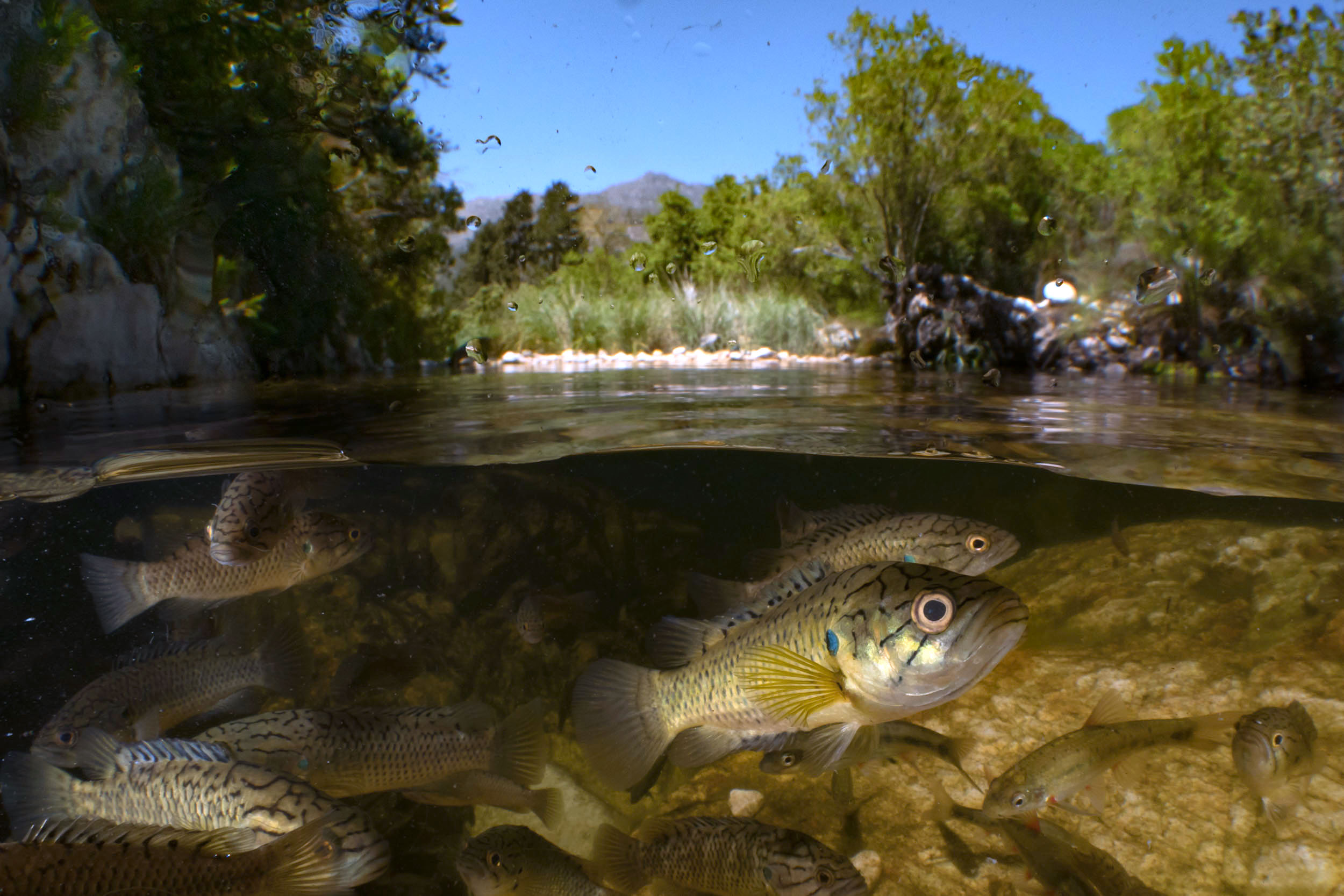
)
)
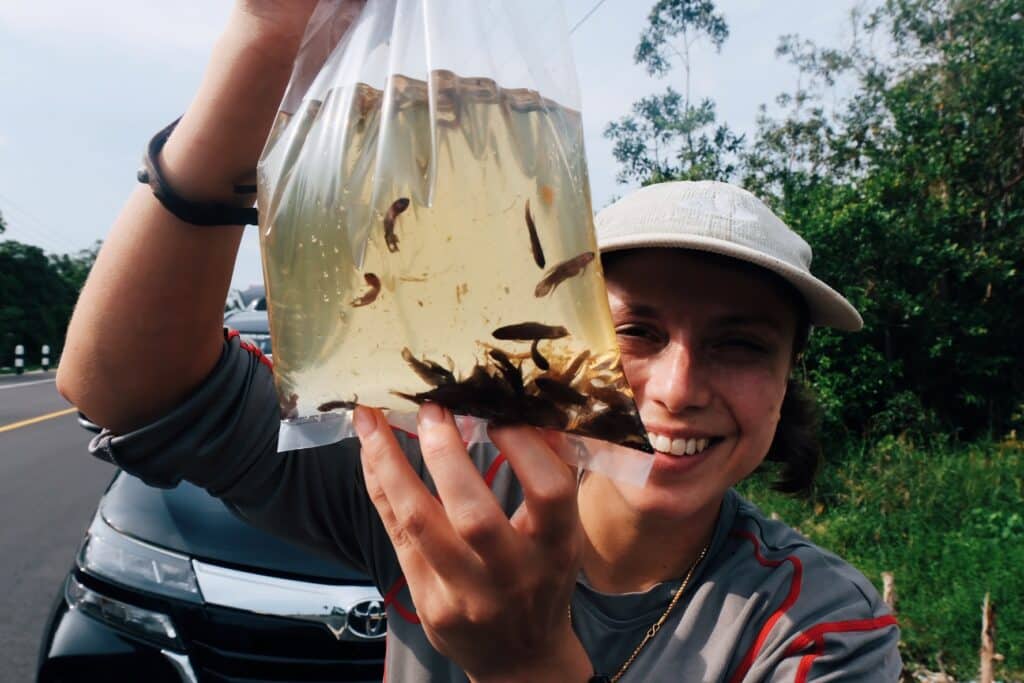)
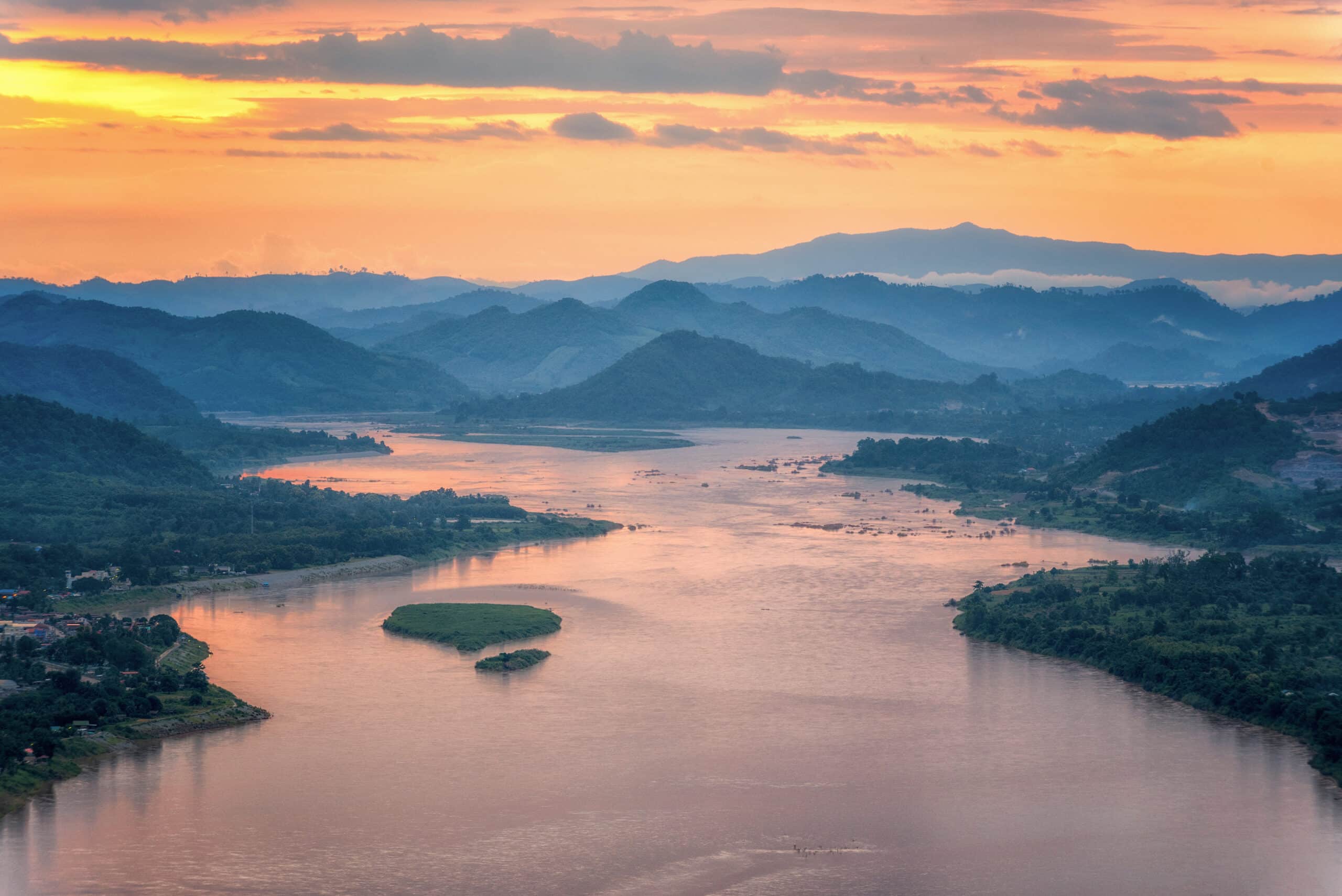
)